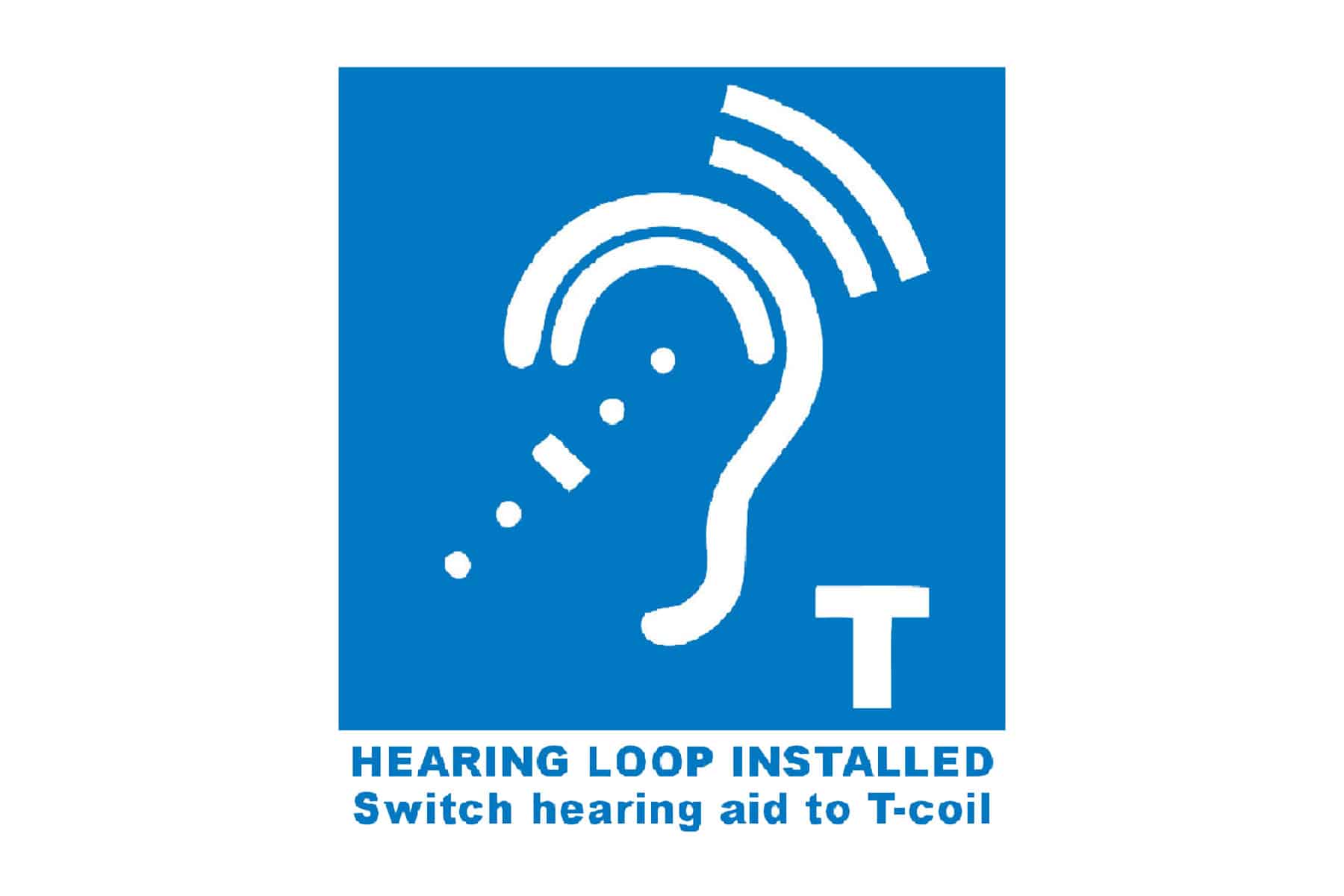MED-EL
Published Dec 04, 2015
Choosing the Right Assistive Listening Devices When Out in Public

Here’s the final post in our four-part miniseries about choosing the right Assistive Listening Device (ALD). Our first posts covered listening to music, watching TV, and hearing at school or work. Now we’ll take our final step and show you what to do when you’re out and about in public.
Now we’ve reached the last of our four environments: out and about in public. This is the one where sounds can be unpredictable and the most difficult to control. Because you’re moving around between streets, parks, buildings and rooms within buildings, it’s possible that each and every location will have its own unique challenges.
That’s what Assistive Listening Devices are for. They can help you to hear better even in challenging listening environments. Depending on where you are, there are two main types of ALDs that can help you to hear better: public systems, and personal systems.
Publicly Installed Assistive Listening Devices
Lecture or conference halls, houses of worship, movie theaters, and more are all the sorts of places where you’ll find public ALD systems. Here are two of the most common types of public ALDs.
Hearing Loops
Hearing loops are one of the most widespread public assistive listening devices. See that picture we’ve got at the top of this post? That’s the universal sign for “There’s a hearing loop here.”
Hearing loops create a signal that can be picked up by any telecoil-enabled audio processor or neckloop. This means the speaker’s voice is sent wirelessly to your audio processor, and you’ll be able to hear them no matter where you are in the room. And if there’s more than one cochlear implant or hearing aid user in the room they can all tune in at the same time.
If there’s a hearing loop installed where you are, here’s what you do to hear the speaker:
- Activate your audio processor’s telecoil. Just click “T” or “M/T” on your FineTuner.
- Sit back and enjoy hearing clearly!
FM Systems
FM systems are another way to hear sounds clearly and wirelessly. Sometimes, FM systems are installed by the person who’s running the event where you are.
An FM system has two parts: a transmitter, and a receiver. When the transmitter is connected to a microphone and the receiver to your audio processor, it will send sound from the speaker to your audio processor.
If an FM system is available at a public event, ask the organizer if you can be given a receiver. FM systems use specific radio frequencies to communicate, so it’s usually not possible to tune into another system with your receiver.
There’s no need to change any programs on your audio processor, all you have to do is plug it in and turn it on.
Here’s how to use an FM system:
- Make sure the transmitter or remote microphone is turned on.
- Attach the receiver to your audio processor:
- For SONNET and OPUS 2, this can be done by using the FM Battery Pack.
- For RONDO, connect the receiver to the external Mini Battery Pack.
- Sit back and enjoy hearing clearly!
Personal Assistive Listening Devices
If you’re moving around frequently, or somewhere that doesn’t have a public ALD system, it can help to bring your own. For times like this, there are two types of ALDs that we recommend:
Neckloop or Streamer
Some neckloops have remote a microphone, which means that you can set the microphone near the speaker or in the middle of the table. This will help you hear what’s being said even if you’re on the other side of the room. The microphone will then send the sound signal to your neckloop and on to your audio processor.
There are many different neckloops out there, including the ClearSounds Quattro or Artone 3. Not all neckloops or streamers are available in all areas so talk with your audiologist or MED-EL representative to find the right one for you.
Here’s how to use your neckloop:
- Set the microphone near where the sound or speaker will be.
- Connect your neckloop and audio processor:
- For cochlear implants, you can do this by activating your processor’s telecoil. Just click “T” or “M/T” on your FineTuner.
- Sit back and enjoy hearing clearly!
FM Systems
A personal FM system uses similar technology to the public FM system we talked about above. A personal FM system has two parts: a transmitter, and a receiver. When the transmitter is connected to a microphone and the receiver to your audio processor, it will send sound from the speaker to your audio processor. All you have to do is put the microphone near whoever is speaking and you’ll hear them as if they are right next to you. Some microphones can even be clipped onto a shirt collar, so you can hear the speaker no matter where they move around.
There’s no need to change any programs on your audio processor, all you have to do is plug it in and turn it on.
Here’s how to use an FM system:
- Turn on the transmitter or remote microphone.
- Attach the receiver to your audio processor
- For SONNET and OPUS 2, this can be done by using the FM Battery Pack.
- For RONDO, connect the receiver to the external Mini Battery Pack.
- Sit back and enjoy hearing clearly!
Subscribe to the MED-EL blog to get weekly tips on how to hear better with your cochlear implant!
MED-EL
Was this article helpful?
Thanks for your feedback.
Sign up for newsletter below for more.
Thanks for your feedback.
Please leave your message below.
Thanks for your message. We will reply as soon as possible.
Send us a message
Field is required
John Doe
Field is required
name@mail.com
Field is required
What do you think?
MED-EL


